The autobahn, Germany. Few places stir up more excitement in driving enthusiasts than the iconic and sometimes mystical German motorway network.
Often said to be the perfect road, the autobahn enables you to put the pedal to the metal and reach speeds that would make Lewis Hamilton think twice.
However, there’s more to this exhilarating motorway system than meets the eye. Where does the autobahn begin? What was its significance in WWII? And is it really a lawless experience?
In this article, we explore these questions and more, as well as some key autobahn advice to keep you safe, legal and enjoying the adventure.
What is the autobahn?
The German autobahn – officially known as the Bundesautobahn – remains one of the most famous highways and best driving roads on the planet for many reasons, including its celebrated unrestricted stretches.
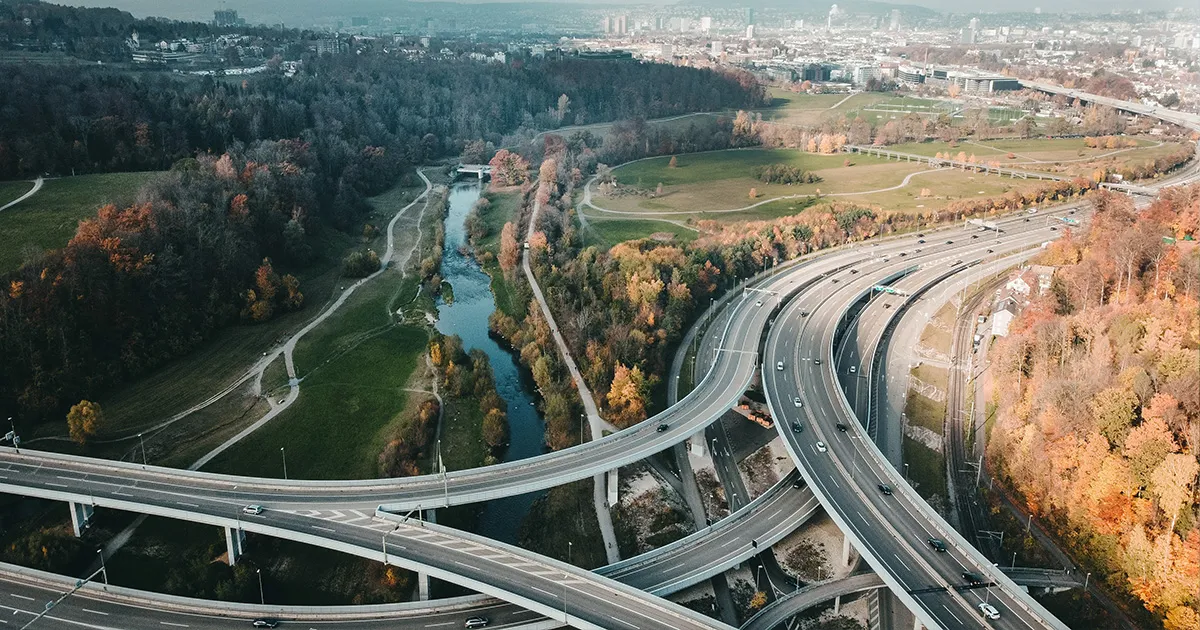
Image: Patrick Federi on Unsplash
The autobahn features either two, three or four lanes in each direction depending on the section you drive (as well as an emergency lane). The right-hand lane is for driving, while the left is only to be used for passing. If you are caught dawdling in the left-hand lane, prepare for the guy behind you to let you know!
Interestingly, while you can mostly relax when it comes to speed limits, be aware that it is actually illegal to run out of fuel on the autobahn, with the threat of a hefty fine. Come prepared!
Where is the autobahn in Germany?
Firstly, the autobahn is not just one road, but an extensive network of limited-access freeways extending across most of Germany, including Bavaria, Baden Wurttemberg, Saarland, Saxony, and Berlin, as well as the iconic Black Forest.

Image: Max Bottinger on Unsplash
In total, the autobahn stretches around 8,073 miles and links all major German cities. After China, the US, and Spain, Germany’s autobahn is the next longest highway system in the world. In fact, if the autobahns were combined into one continuous road, it would be long enough to reach from Berlin to northern Australia!
While some speed restrictions are in place (sorry to ruin the fun – see below!), there are several stretches where you can enjoy limitless speed. For example, the A24 section spans 147 miles from Hamburg to Berlin and includes a 93mile stretch of golden unrestricted motoring where you can really open up.
The history of the autobahn
The autobahn technically began life as a 12-mile stretch of limited-access motorway built in Berlin in 1913, although it is widely accepted that the first real section of the autobahn was opened in 1932, running from Cologne to Bonn (today, this section part of the A555).
Contrary to popular belief, the Nazi party did not create the autobahn. However, in 1934, Adolf Hitler did use the German autobahn for political gain and as a tool to create jobs, with around 120,000 workers contributing to the expansion of the road network.
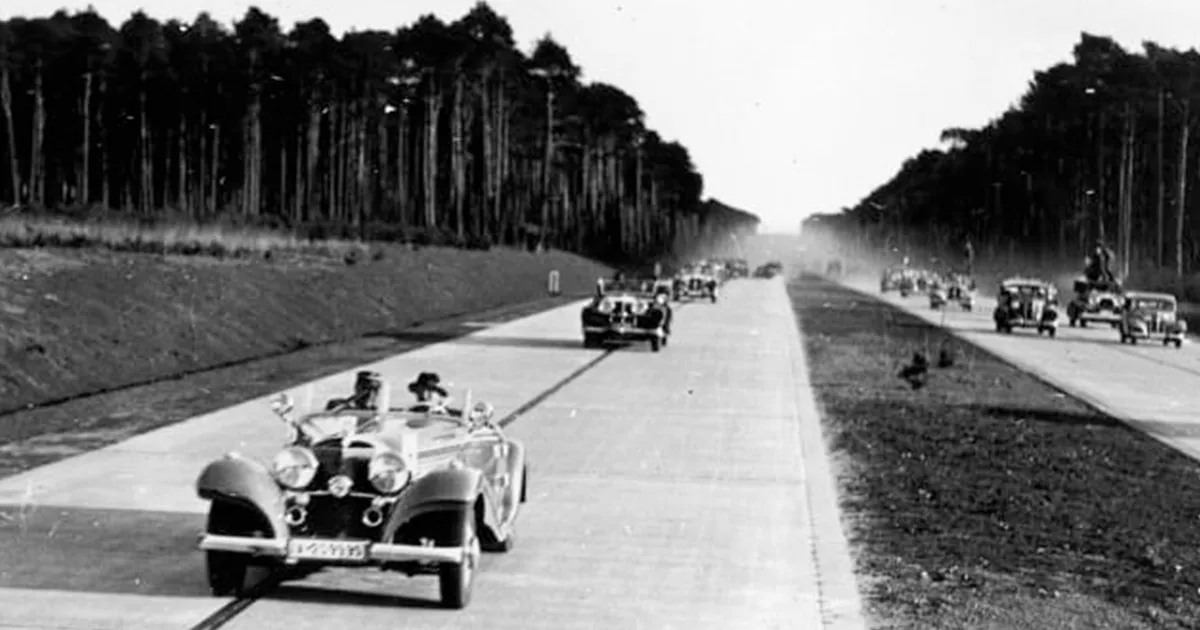
Image: Fox Photos/Hulton Archive/Getty Images
During WWII, the autobahns were still in use, albeit for bikes and planes instead of cars! Some reinforced sections of road were used as auxiliary airstrips, while bicycles were temporarily permitted on the autobahn due to the lack of car traffic.
Later in the 20th century, aeroplane landings on the autobahn remained quite common during the cold war, while the A29 at Kreuz Ahlhorn was used as a landing strip in 1980 for a NATO military exercise called Highway 84.
How fast can you go on the autobahn?
The short answer is ‘very fast indeed’.
In fact, over two thirds of the network has no speed limit, although these stretches still have a ‘recommended speed’ of 80 mph (130 km/h). It may be no surprise to learn that drivers regularly top speeds of 100 mph on these parts of the autobahn, averaging 150 mph in the left lane.
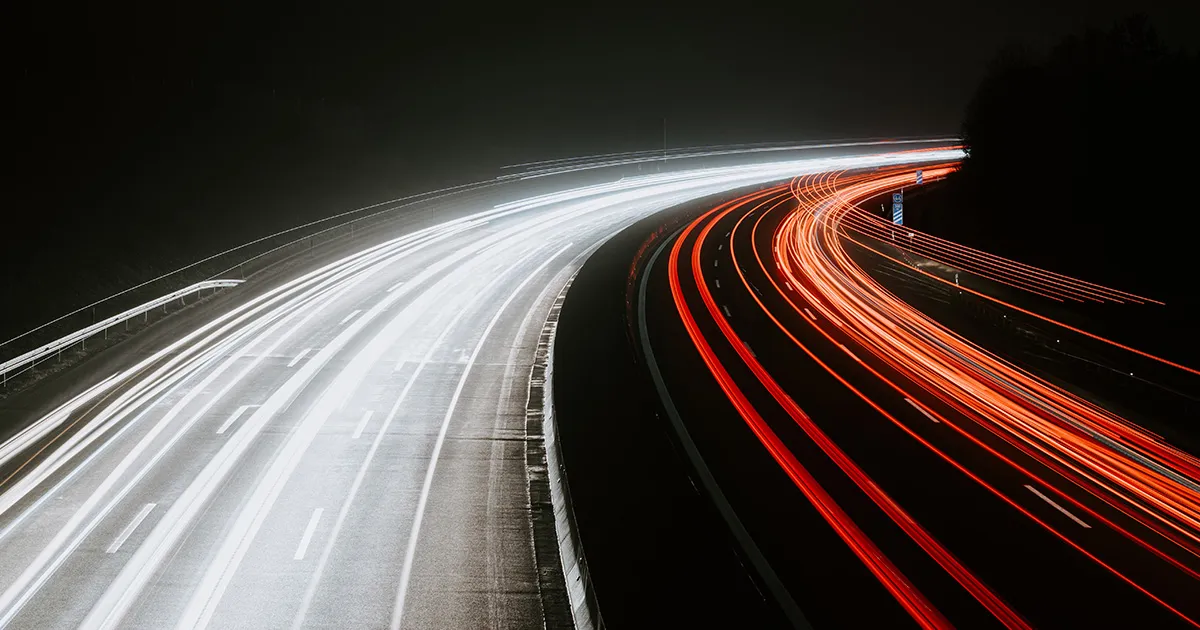
Image: Julian Hochgesang on Unsplash
However, 150 mph is a snail’s pace compared to the fastest speed ever officially recorded on a closed section of the road. This came in January 1938 when grand prix veteran Rudolf Caracciola set an eye watering top speed of 268 mph (432.7 km/h) in a Mercedes-Benz W125 Rekordwagen.
Of course, driving through these exhilarating sections of the autobahn requires a car capable of handling such speed with grace, and climbing into one of these beautiful supercars will always enhance your road trip!
Why does the autobahn have no speed limit?
In 1934, the German government passed the Road Traffic Act, where speeds in urban areas were limited to 37 mph (60 km/h). However, no limit was established for rural roads or autobahns, and since then rules have remained similar.
Yet today, a reported 71% of people in Germany are now in favour of speed limits on the autobahn to increase safety and combat climate change. This is when we burst the bubble and reveal that many sections of the autobahn are restricted.
How safe are Germany’s autobahns?
It may seem counterintuitive, but for a road system with such relaxed restrictions, the autobahn actually has a very good safety record.
For example, less than 10% of fatal road collisions in Germany take place on autobahns, with the majority happening on country and inner cities roads. Meanwhile, compared to the 4.5 fatalities per billion km travelled on the US interstate, the autobahn sees just 2.7 fatalities for the same distance.
There are several theories about why the road network remains relatively safe. The first is that it is more expensive to obtain a driving licence in Germany (around $1,500 USD / £1,200) and – combined with such a strict licensing test system – German drivers are generally better trained because of it. The ultra-smooth condition of the roads is also a contributing factor to the safety of the network.
Incredibly, the largest ever pile-up on the autobahn network involved 259 cars on a stretch of the A2 in 2009 due to heavy rain. Even more incredible, there were no fatalities.
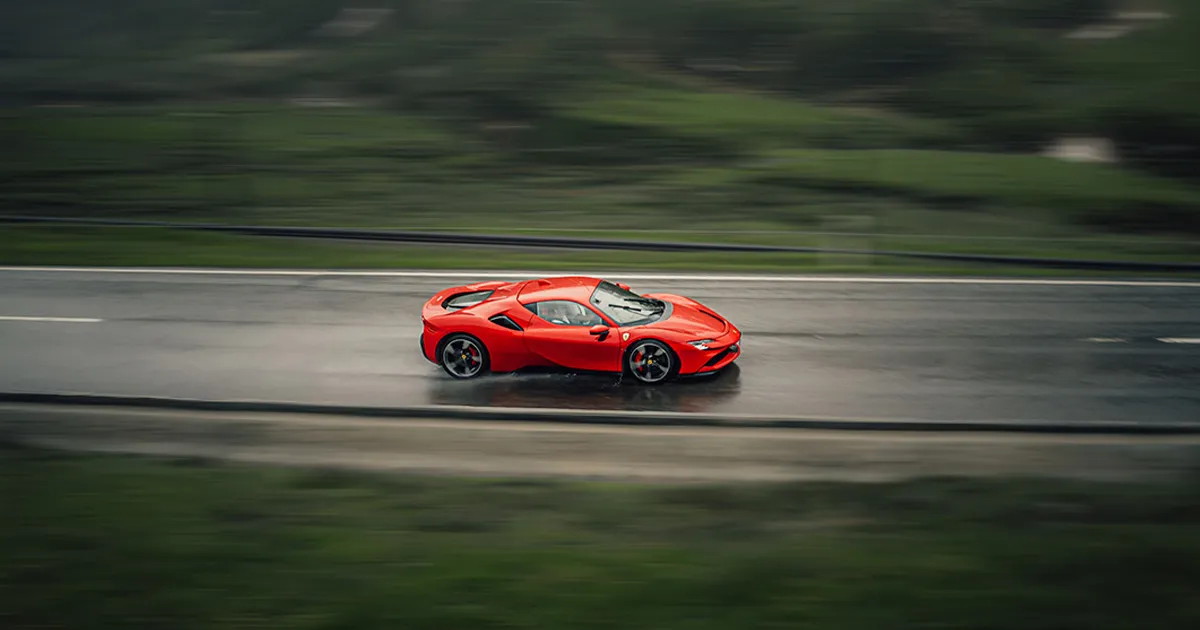
Image: Ultimate Driving Tours
Rules and advice for driving on the autobahn — what’s it like to drive with no speed limit?
While Germany’s autobahn may initially come across as unruly, there are many regulations in force to penalise reckless driving and ensure safety.
Firstly, pay attention to signs that state the speed limit (yes, they do exist!). Many sections of the autobahn have a speed limit of 75 mph (120 km/h), as clearly indicated by ‘120’ signs and overhead gantries, while other limits exist depending on the section and road conditions.
Also pay attention to how you are driving. Driving in an aggressive manner or attempting to intimidate another driver is illegal and can result in a large fine or a driving ban. Don’t expect to get away with much as the often-unmarked Autobahnpolizei actively monitor roads in their BMWs, Mercs, and Audis.
As mentioned above, it’s illegal to overtake a car in the right lane, so you must move to the left to pass. Meanwhile, stopping in the emergency lane for anything other than an emergency will also result in – you guessed it – a hefty fine.
Why is the autobahn one of the best driving roads in the world?
We could say it’s the scenery, but the autobahn is nothing special to look at. In fact, this is one reason why the road should be weaved into a wider adventure instead of the main purpose of your journey to Germany.
Of course, the true appeal lies in the blistering speeds that you can achieve on unrestricted sections of the road. Additionally, the autobahn is a well-designed network of roads and flawlessly maintained to be one of the smoothest in the world, making it a pleasure to drive. In fact, the average cost to maintain just ONE mile of the autobahn each year is around $835,000 / £690,000!
High speeds and super-smooth concrete aside, driving on the autobahn is simply one of those bucket-list experiences that unites drivers and provides an interesting talking point. It’s a true icon and one of Germany’s modern wonders.
We’ll leave you with the words of motoring enthusiast Tom Hanks, who once said of the autobahn: “When you go past a sign that says ‘120’ with a line through it, the gloves are off, baby.”
Want to drive a supercar on the autobahn?
There is no better way to feel the true speed of the autobahn than behind the wheel of a luxury supercar, with stunning destinations and a cold stein of beer waiting at the end.
Join us for one of our German driving tours, where we pair supercars with the culture and cuisine of Germany’s iconic cities, using the legendary autobahn to get us there.
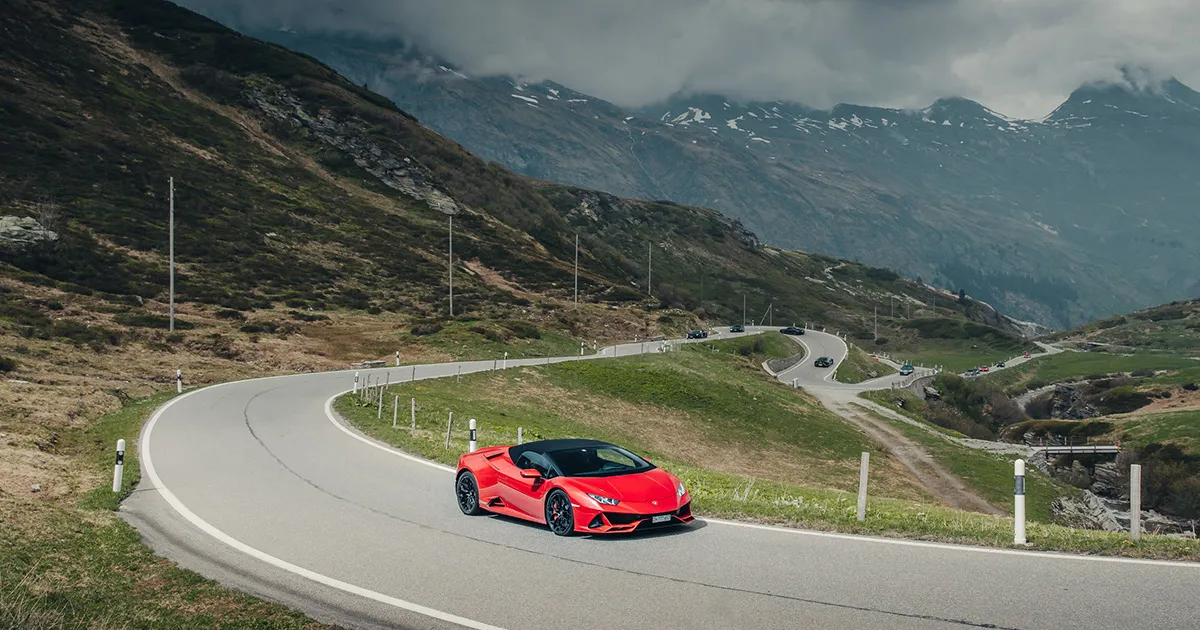
Image: Ultimate Driving Tours
Of course, if you prefer to take in a wider stretch of Europe and enjoy the opulence of Monaco, there’s no finer experience than our European Driving Tour. If you’re not sure which experience best suits you, contact our friendly team for advice and information.
Share Article
